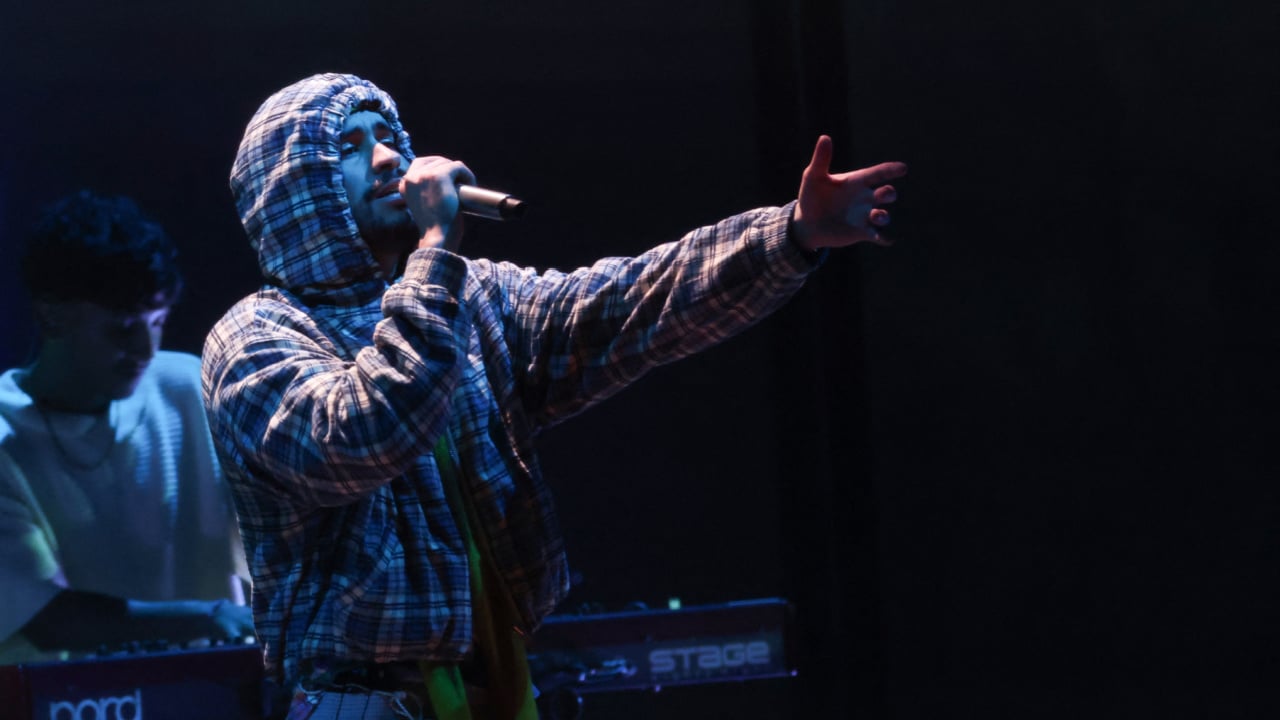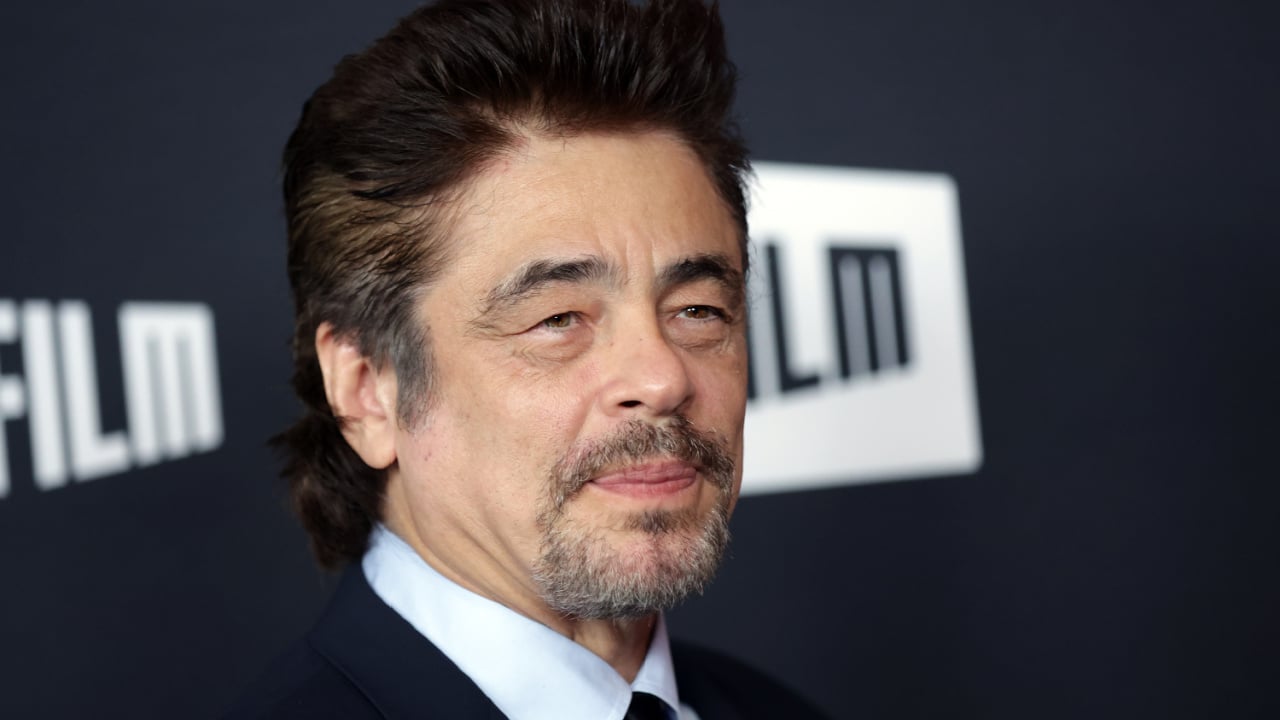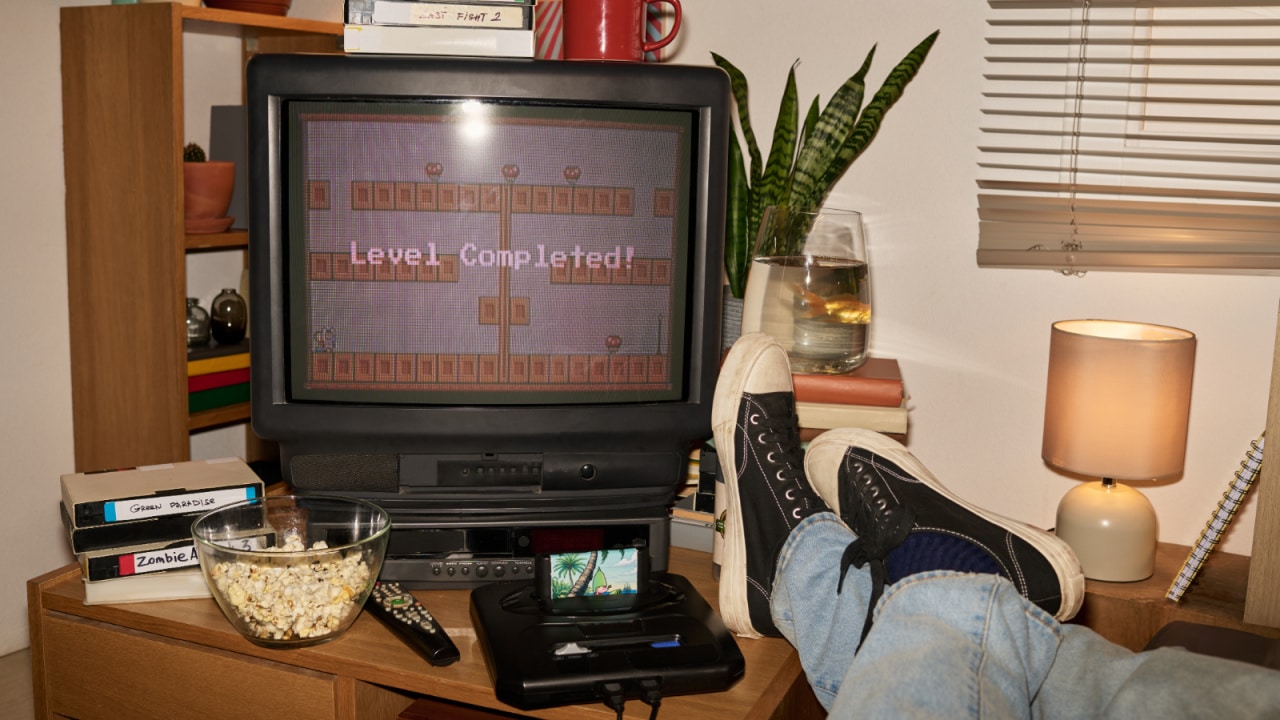Museum of the American Latino a ‘Big Thing’ on John Leguizamo’s Bucket List
Actor John Leguizamo has a critical item on his bucket list — to see the National Museum of the American Latino opening and its placement on the National Mall. It’s his mission, the “big thing” he wants to accomplish before he dies.
Leguizamo made his comments during the annual “Garden Brunch” hosted by media person Tammy Haddad in Washington, D.C., before the White House Correspondents’ Dinner.
“We discovered America, built America, suffered in America, and contributed $2.8 trillion to the economy every year in this country,” he said.
The museum is years away from being built. Its precursor is the 4,500-square-foot Molina Family Latino Gallery, set up as a taster to a Smithsonian museum that would focus on the Latino experience — a testing ground of what a Latino museum would offer.
The push for the museum started with the Smithsonian’s 1994 report, “Willful Neglect,” which admitted the institution had ignored Latinos.
In 2008, a commission to study the idea of the museum was created. In 2011 called for federal legislation to establish a museum.
The bill languished until it was introduced in Congress, and the Consolidated Appropriations Act, of 2021 established the museum.
The question of where to put the museum is still an issue
US Latinos constitute 62.1 million, or more than 20 percent of the population, and one of the fastest-growing groups in the nation. Yet we are underrepresented in media, entertainment, corporate, and the US government’s upper echelons.
“If we were our own country, it would be the fifth-largest economy in the world. Bigger than Brazil, […] Britain, Italy. Now what? Now what?” he said.
Leguizamo is right; born in Bogota, Colombia, the actor has not minced words in fighting for Latino representation in the US, one of the few Latino voices with the guts to say what is real.
“It’s pathetic. I mean, white people are only 59 percent of the population, but so they should inhabit what? How much real estate should they have?” he said.
“At least, let’s say, 60 percent. We’re at 20 percent of the population and less than 2 percent of the politicians, less than 2 to 3 percent of the leading roles, less than 1 percent of the editors and journalists,” Leguizamo added.
“And it’s not for lack of trying; it’s not the lack of talents because we’re not allowed in. We’re not asked. When we ask, we’re rejected. That’s the situation,” the actor continued.
Al Pacino playing a Puerto Rican in Carlito’s Way, which Leguizamo described as “odd” and “surreal,” tells you everything you need to know about Hollywood and Latinos.
Race and its place in US history is a complex subject. But, the museum will hold up a mirror to the US, finally coming to terms with its history of imperialism — dressed up as a Manifest Destiny and the Monroe Doctrine — in the region.
There is no way the museum can escape the past.
Since the 1800s, the United States has invaded countries across Latin America and the Caribbean to protect its — not the region’s — economic and political interests.
For example, in 1898, the US invaded Cuba and Puerto Rico, Mexico 1914-1918, Haiti 1915-1934, Guatemala 1954, Cuba 1961, Dominican Republic 1965, Nicaragua 1981-1990, Grenada 1983, and Panama 1989.
We also must not forget Washington’s war of attrition in El Salvador from 1980 to 1992.
The museum’s name is also problematic — seeing that all Latinos come from the Americas. Therefore, American Latino is redundant.
As Puerto Rican rapper Residente Calle 13 says, “América is not only USA, papá.”
“Long before you arrived, our shoe prints were already there,” Residente raps.
Saying America is only the U.S., he sings, “It’s like saying that Africa is only Morocco.”
What makes it worse is that the name came from then-former President Donald Trump, whose love for Latinos is — well, you know.
“I want 20 percent. We’re 20 percent of the population. Give me 20 percent, even though we over-index in what we contribute financially to this country, even though we over-index at the box office, over 30 percent of the U.S. box office, $4 billion in streaming in America, but we’re less than 2 percent of the leads,” Leguizamo said.
I agree with Leguizamo — it needs to change now.



